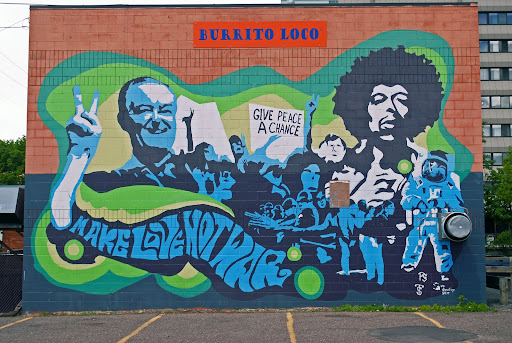
Following a spike of graffiti during and after the George Floyd protests in 2020, there has been an explosion of sanctioned and unsanctioned Minneapolis street art, ENTER reported.
In 2023, 18 new murals appeared on businesses and buildings on East Lake Street alone, according to nonprofit Lake Street Council. The Lake Street interactive public art map shows a location and description of 45 murals, where only three existed before 2018, with one created in 1997, one in 2002 and one in 2013.
Sanctioned art is any art officially permitted by authorities, such as property owners, the city or community organizations, according to The Art Story Collective. It often works to beautify urban spaces.
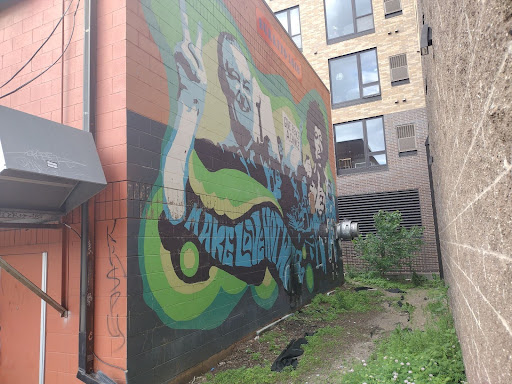
Unsanctioned art is installed on a surface without an authority’s approval and typically bears a negative connotation, according to The Art Story Collective. Sanctioned or unsanctioned, street art sends a message.
Many of the East Lake Street murals were created when business owners decided to paint over graffiti vandalism, the Star Tribune reported. These murals were made amidst the ongoing pandemic and in a community recovering from the riots following the murder of George Floyd, the Star Tribune wrote.
University of St. Thomas Art History Professor Heather Shirey said the astounding increase in Twin Cities murals is not just in pretty-to-look-at, “Insta-ready” murals, but in street art as a form of conversation.
“So many of the artists and collectives working in the streets in Minneapolis and Saint Paul are deeply engaged in the community and understand the power of art as a form of protest and the means of coming together to heal and to envision a better future,” Shirey said.
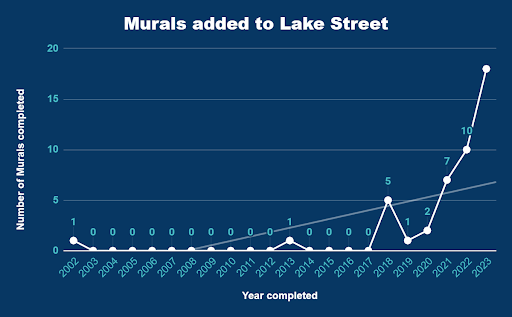
University of Minnesota Chicano Art Professor Karen Mary Davalos said murals come from a tradition of speaking publicly in times of social unrest, and Twin Cities artists have long used art to strengthen community.
“Visual expression in public space goes back 50 years, and it’s not surprising we are seeing it again,” Davalos said. “It’s visually taking space in the practice of mural making that makes community and forms belonging.”
MURALS SPAN FAR AND WIDE
The Minnesota Daily compiled this map using Google Maps, in-person viewing, Mark Peterson’s Flickr page and a Meet Minneapolis article on murals. Map by Sam Hill.
The Minnesota Daily has compiled an interactive map of 150 murals, showing a concentration of murals along East Lake Street and Lyndale Avenue. Art collectives like City Mischief murals and Broken Crow, along with artists like Rock “Cyfi” Martinez, Melanie Strong, Pablo Kalaka and Yuya Negishi appear on this map frequently.
Shirey said the list of incredible and prolific artists working in the Twin Cities right now is endless. There are many beautiful and impactful murals that are not on this map.
“There are muralists coming from Latinx traditions like Kalaka, Claudia Valentino and Gustavo Lira, and we have an amazing community of Indigenous artists working in public spaces, including Thomasina Topbear, Miskitoos and Marlena Myles,” Shirey said. “I greatly admire collectives like Creatives After Curfew, Copla Murals and City Mischief, and seeing the work of Philipo Dyauli, Habaaq Ibrahim and Reggie Leflore always gives me a lift.”
Shirey added that Hend Al-Mansour’s mural on University Avenue in St. Saint Paul is absolutely spectacular.
MINNEAPOLIS MURAL HISTORY
Carole Bersins, 67, said she got into mural work after she started painting signs for the original Brueggers Bagels. This led her to talk and work with folks like the Wall Dogs, a now-international group of sign painters and muralists, and Phil Vandervaart, an artist who has been painting signs and murals in the Twin Cities for almost three decades.
“Through the Wall Dogs, I learned a lot more about mural painting and kind of just kept going by word of mouth,” Bersins said.
One of the first real neighborhood forces in getting murals painted in the Twin Cities was Sarah Linnes-Robinson, who was instrumental in getting murals painted in the Kingfield and Lindale neighborhoods, according to Bersins.
“I did that Minnesota Grown mural there in Corcoran and they were doing more over there,” Bersin said. “I did the Wall Dogs mural in 2008 and by that time, Sarah had already gotten a fair amount of murals done in Kingfield.”
Bersin said many of the big downtown murals were around when she moved to Minneapolis in 1982, including Ravel’s “Gaspard de la Nuit” and West Bank’s Jesus is King mural.
“I think that one’s been there since the 70s,” Bersin added regarding the Ravel mural.
THE MURAL-MAKING PROCESS

Jesse Quam, 47, said he and his family live by Lake Street, where many of the murals are. He said his process for finding a place to paint a mural often involves seeing a building that is constantly being graffitied, then talking to the business or building owner and asking if they want a mural painted on their building.
“It would deter people from painting graffiti on it,” Quam said. “It would also beautify the neighborhood, and that’s kind of our shtick.”
Quam said painting a mural is “totally worth it” for a business and cheaper than graffiti removal. He added a lot of the murals he does with other artists are crowd-funded, or the artists will work on them for free.
“The artists that I hang out with definitely have a community service mentality, as they all want to paint murals,” Quam said. “We all talk to each other and we all bounce off ideas.”
The common mural-making process on Lake Street is a little different, according to Lake Street Council Manager Charise Canales. She said businesses typically reach out to the Lake Street Council and will provide them with an artist directory, or the business will reach out to commission an artist directly.
“Some businesses will already have an artist identified, so then we help them to apply for grant funding through our building improvement programs,” Canales said. “More recently, artists with strong connections to Lake Street and who are passionate about its recovery are proactive in reaching out to businesses with walls in need, and they help the business to apply for mural grant funding.”
Canales said the Lake Street Council started providing grants for mural projects as part of wider recovery and beautification efforts in 2021 and has supported over 40 mural projects throughout the Lake Street area with a grant cap of $15,000.
Lake Street Council has invested approximately $450,000 in murals outside of the We Love Lake Street fund, Canales said.
Lake Street Council’s We Love Lake Street fundraised money to support local businesses and nonprofits since the George Floyd riots in 2020, the Star Tribune reported. Canales said the fund was directly focused on reopening businesses and redevelopment of the corridor.
Canales said agencies put out a request for larger governmental mural projects, such as the 35W Metro Transit underpass project. Artists will work with the business that made the request to implement the mural, and some projects can even include engagement activities for the community.
“One such example of this type of project was community outreach on Lake Street to inform the Greater Minneapolis Council of Churches mural design,” Canales said. “The youth had the opportunity to work with the professional artists from Modern Day Me on the design and installation, making it a mural that truly belongs to the community.”
MOVING FORWARD

Canales said the Lake Street Council invests in mural-making to create a welcoming environment for all and as a strategy to “beautify our physical realm.”
“The impact is profound – murals can transform blank or vandalized surfaces into visually appealing artworks and simultaneously deter tagging and vandalism by creating a sense of ownership and community pride,” Canales said. “People are less likely to deface something they perceive as valuable or beautiful, and well-executed murals can attract tourists and visitors, boosting local economies.”
Davalos said she taught students impacted by the Lake Street Mercado murals, as people who live with the murals daily. She added the department had students who wrote senior theses on Lake Street murals.
“This art essentially becomes a museum in the streets,” Davalos said. “These community-engaged murals are a successful methodology for expression and belonging, and Latino artists aren’t the only ones who do that.”



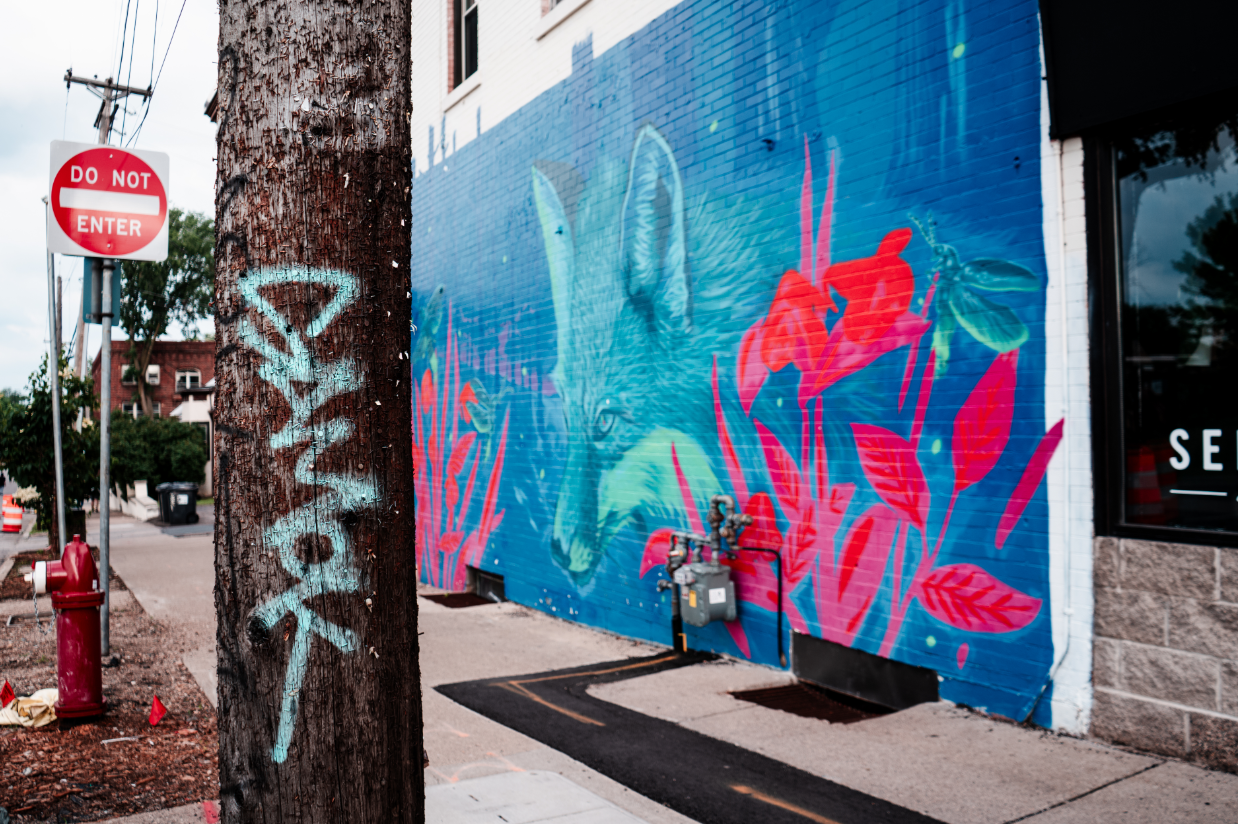




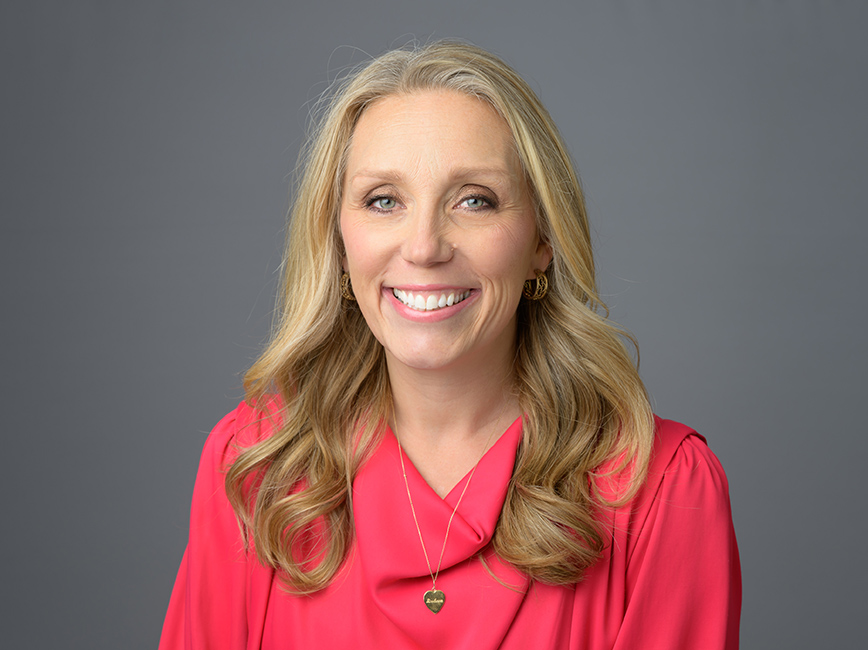



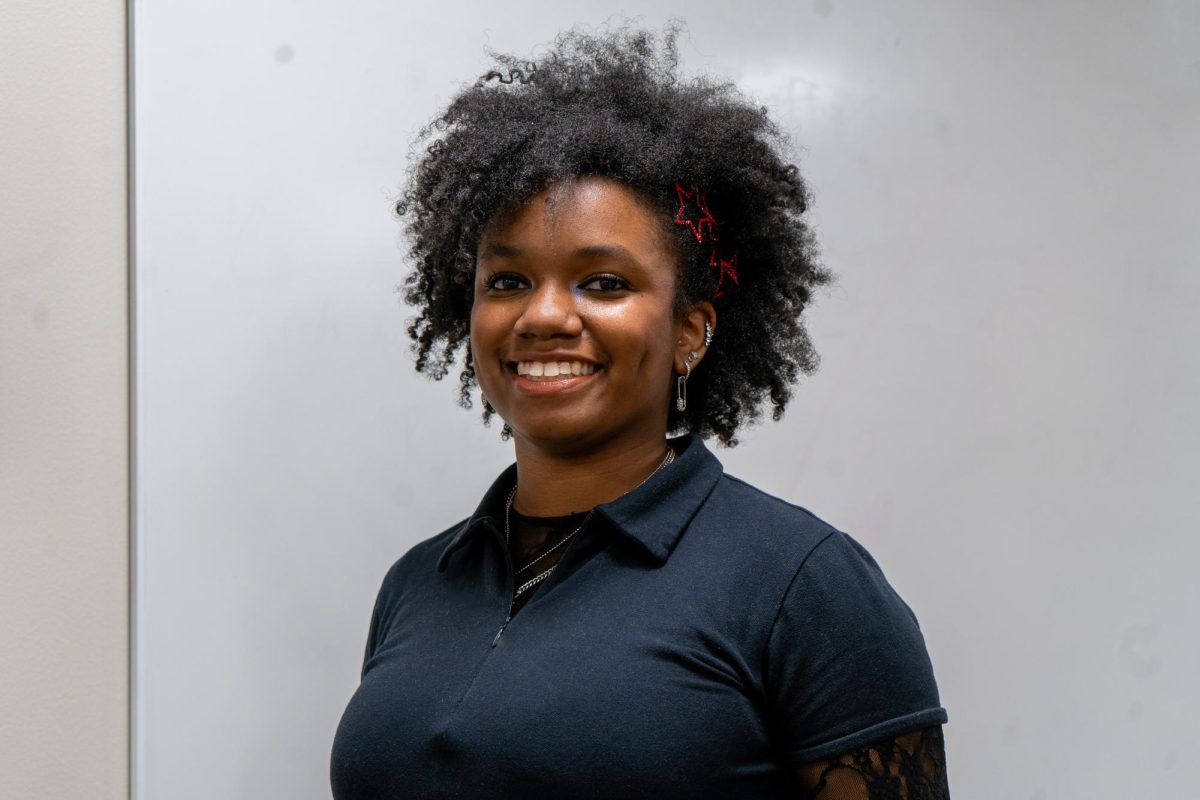

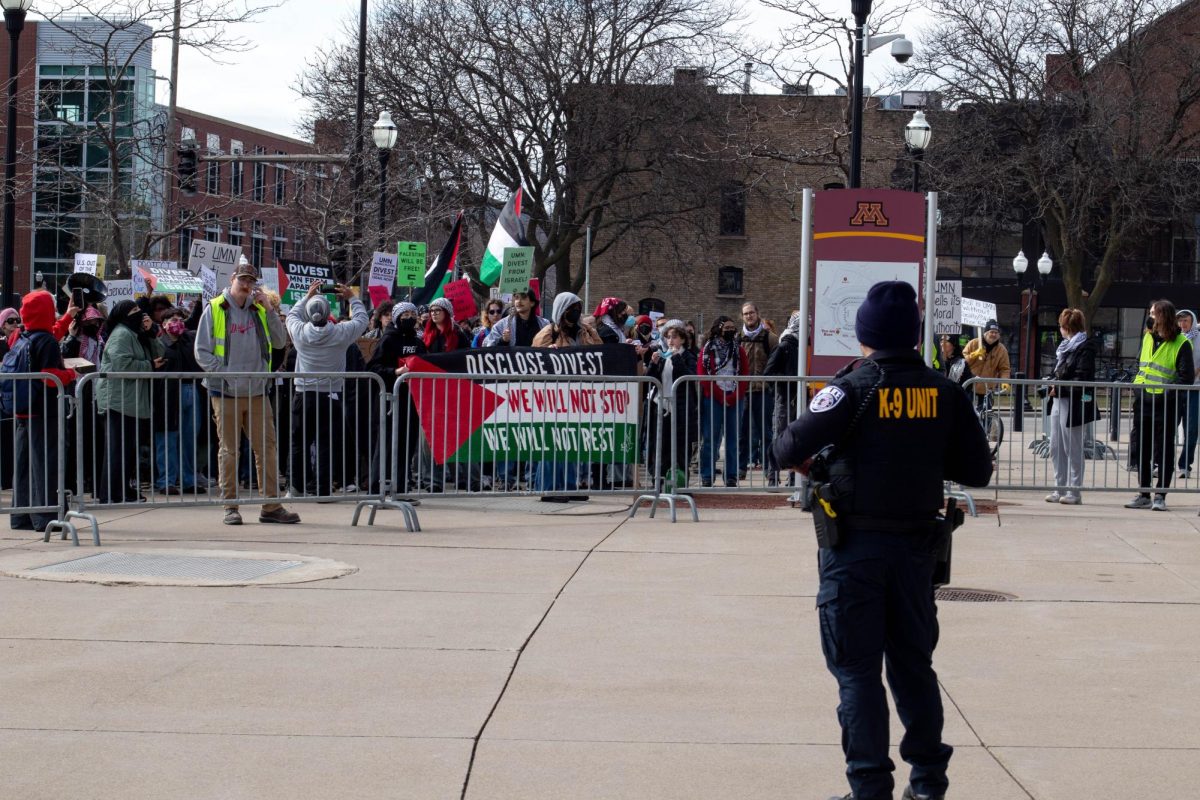
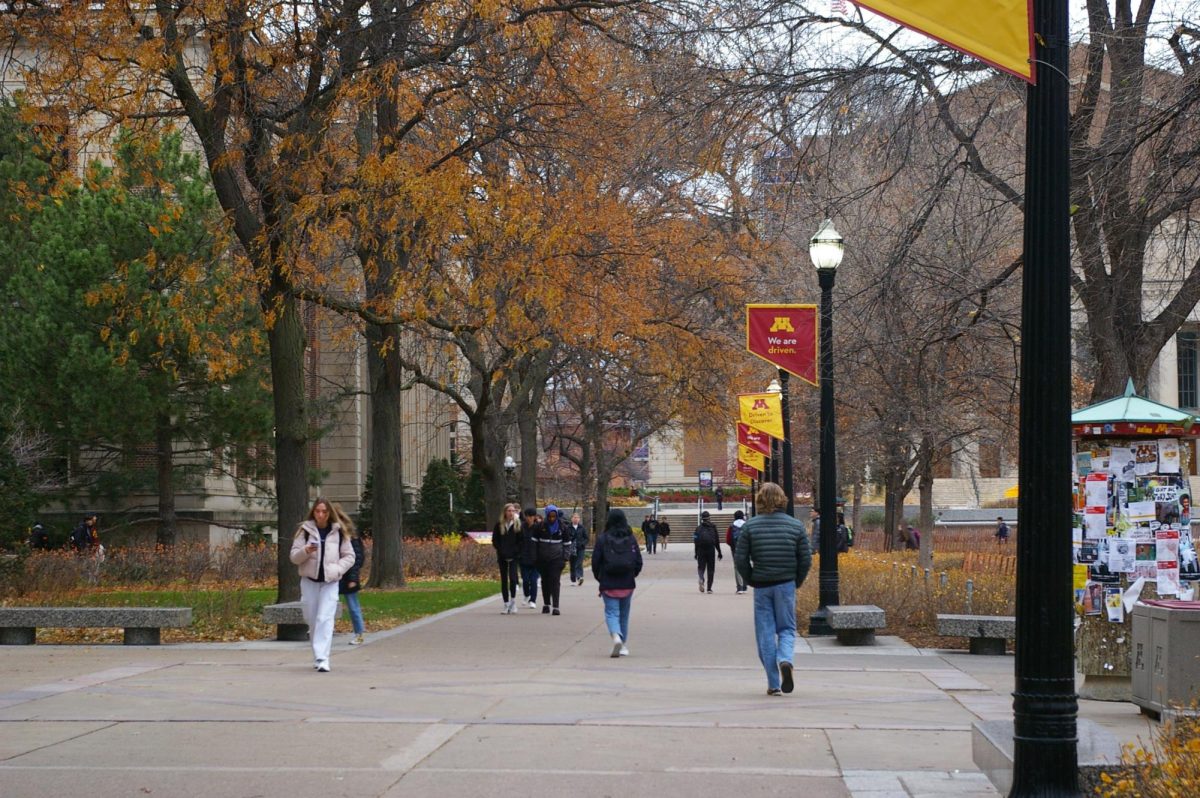
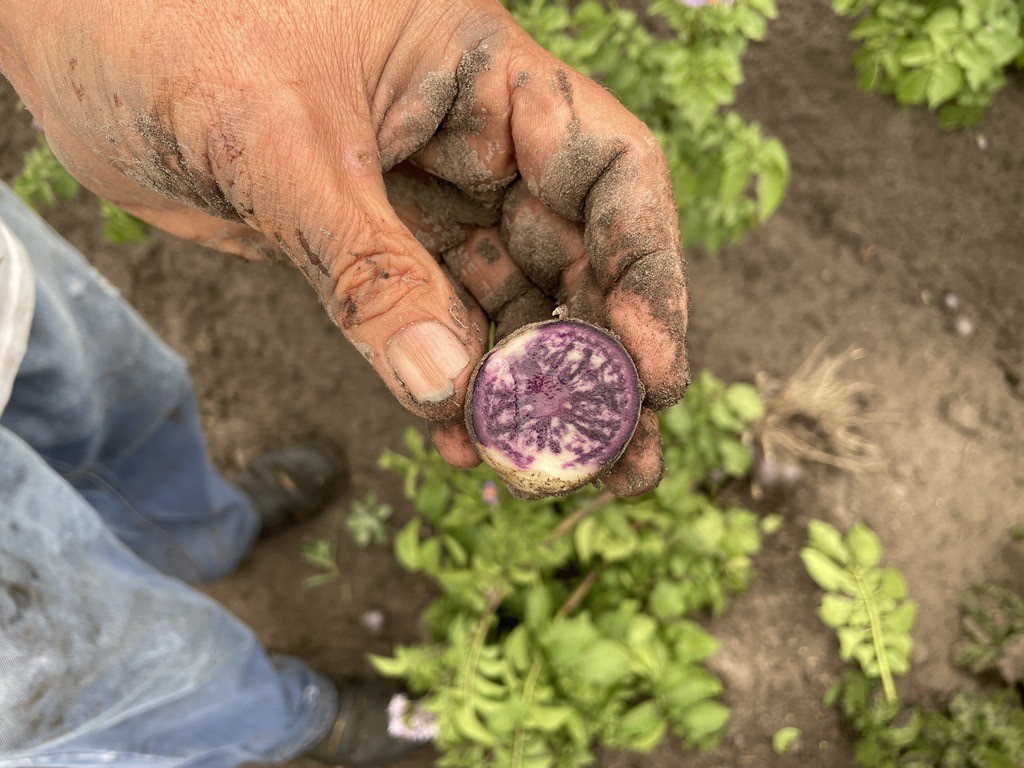
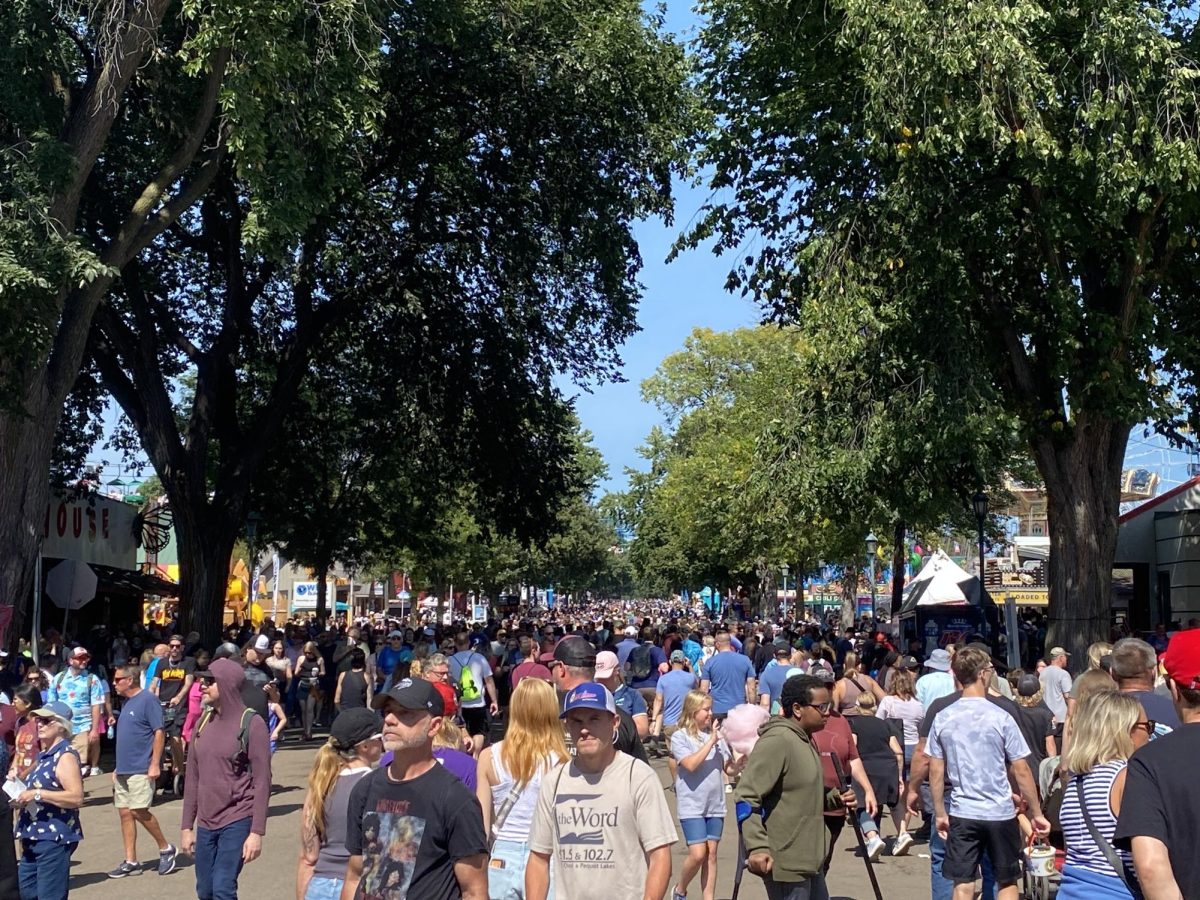

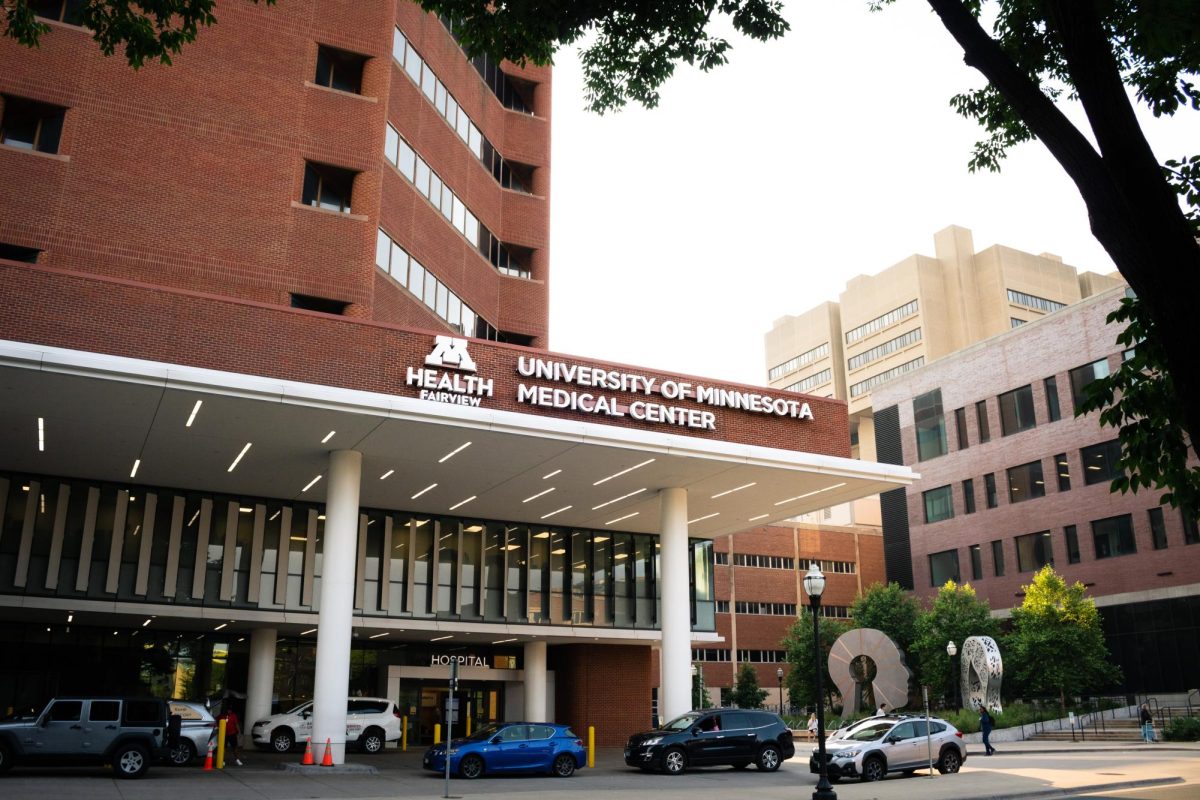
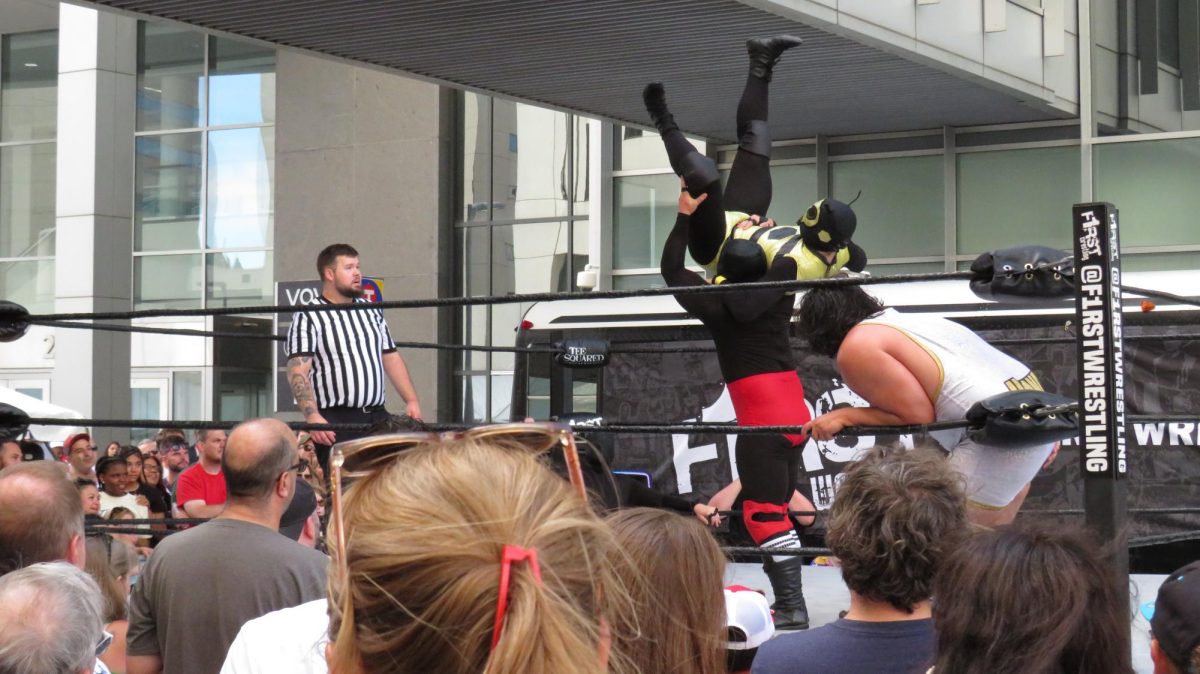
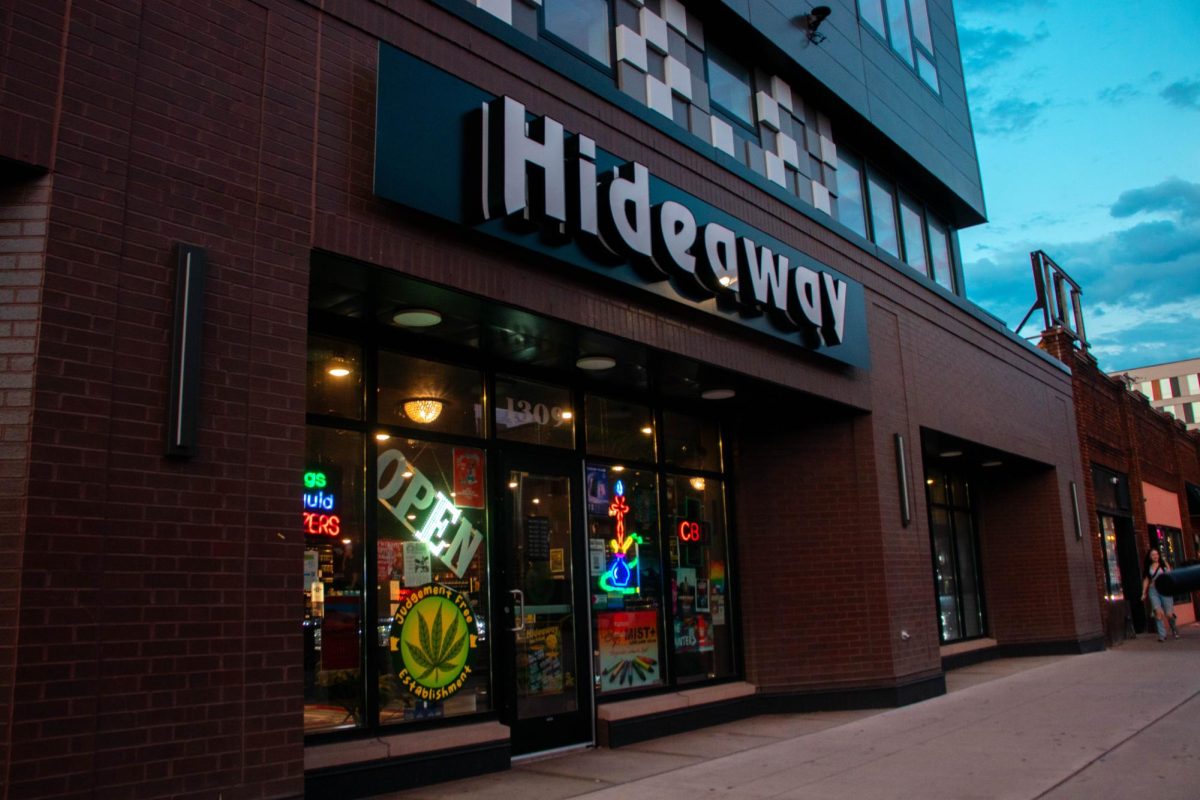
Marissa
Jun 21, 2024 at 6:16 pm
Love the article! A little disappointed there was no mention of the LynLake Street Art Series, which is a annual community-based event to bring murals to the LynLake area. It’s worth checking out their website, as the event is returning this July!
Heidi
Jun 21, 2024 at 3:54 pm
Mural love here, too. One of my favorites is on 4th and Lake: Venceremos. Theres a 3 sisters garden and a woman made of stars tending to it as a plumed serpent river flows by. It’s a beautiful play on words in Spanish: venceremos = we will win and ven, seremos = come, we will be, we will exist. St. Paul has some gems, too.
Fabulous reporting, thank you!
Helene Zelaya
Jun 21, 2024 at 9:04 am
Love the murals/color and creativity. I’m proud of my niece, Brook, and her husband, Jesse working together to beautify their community.